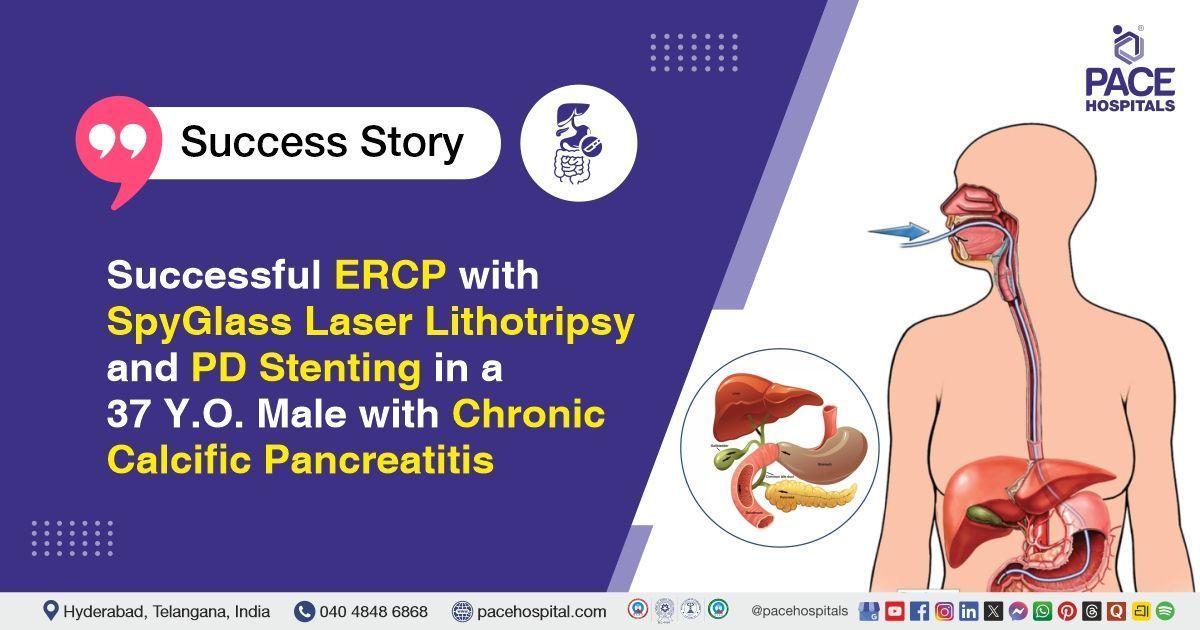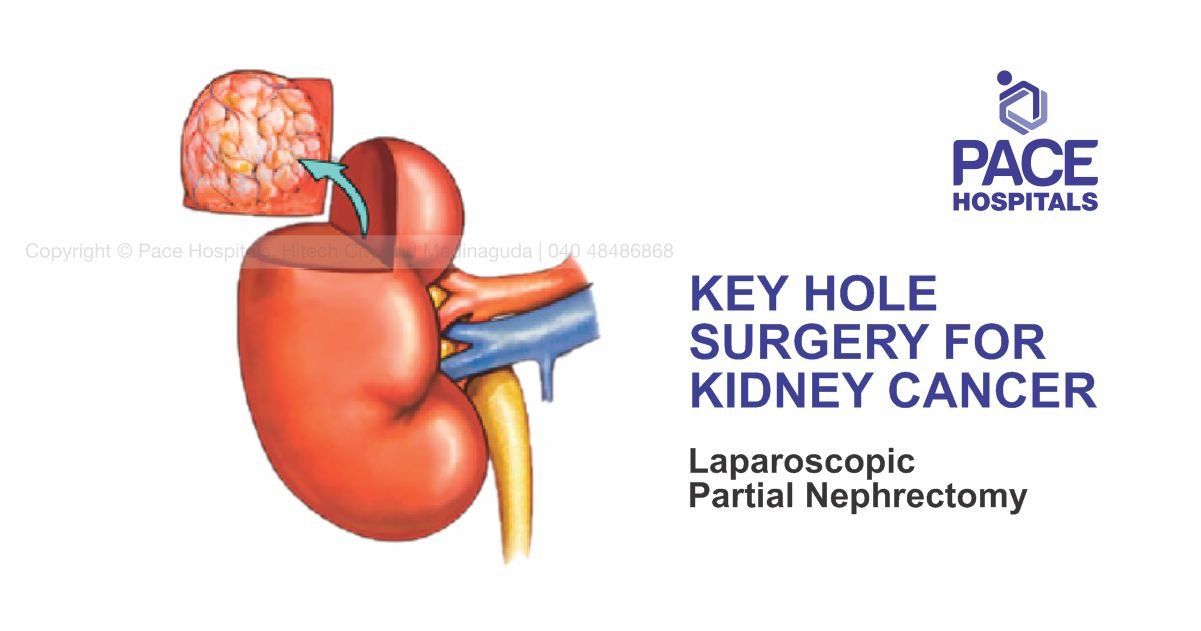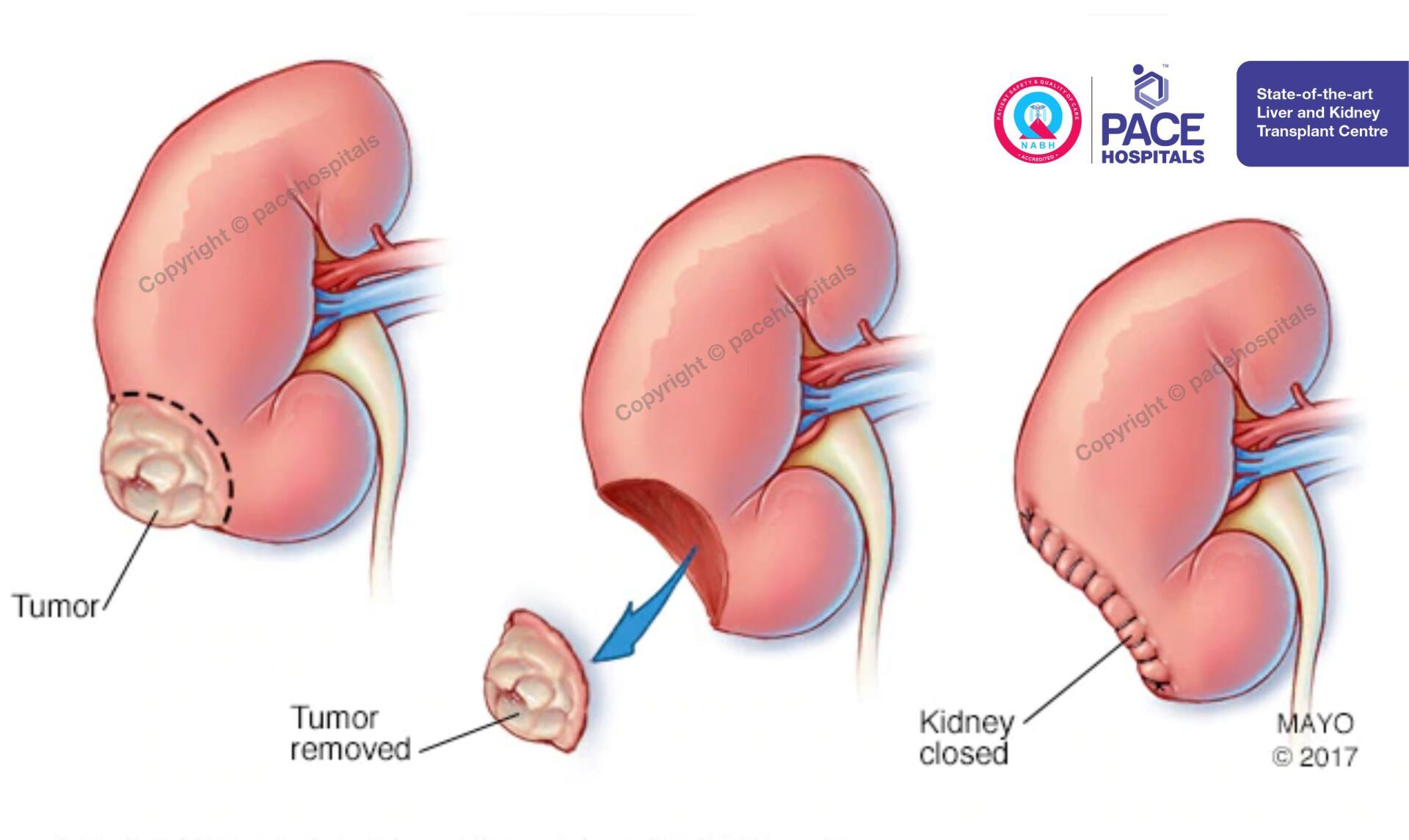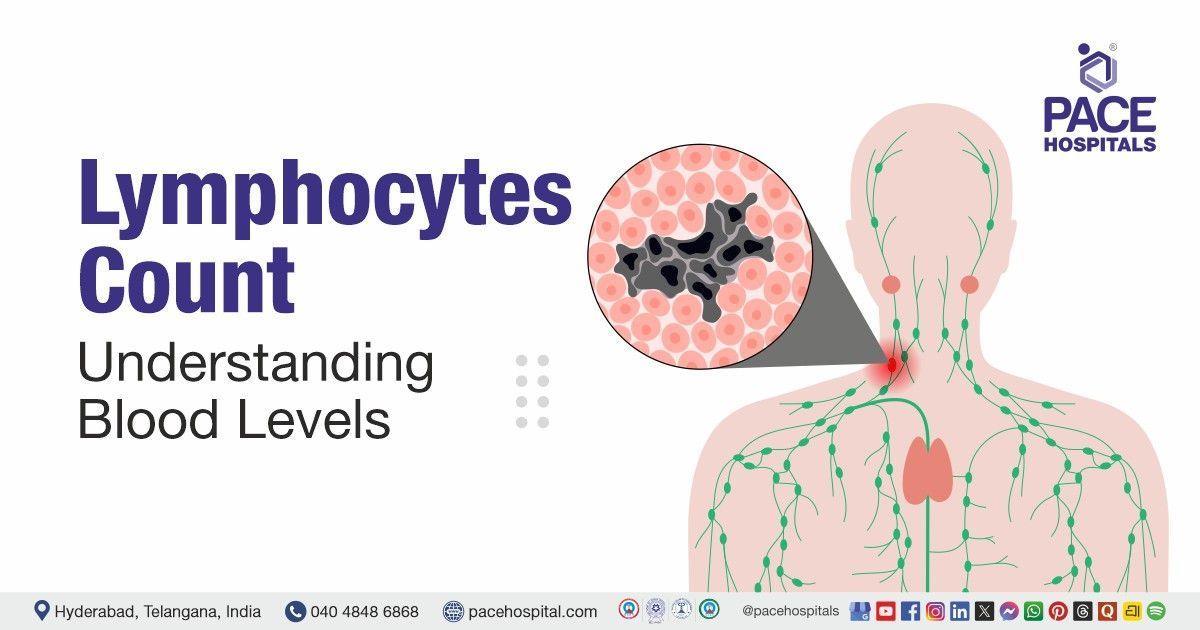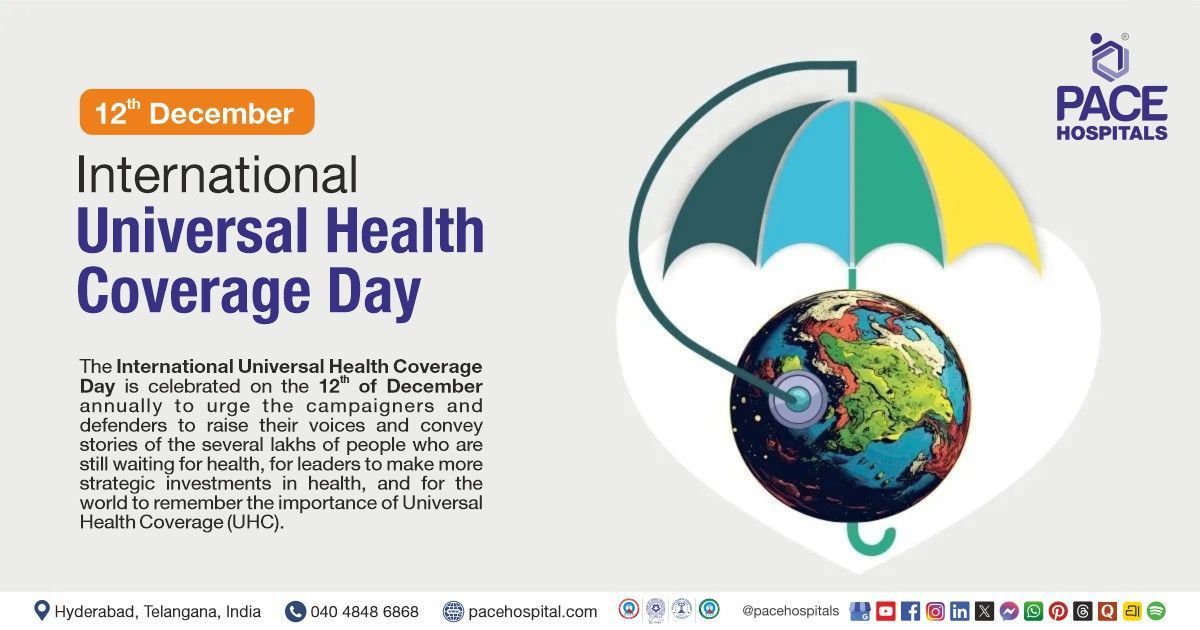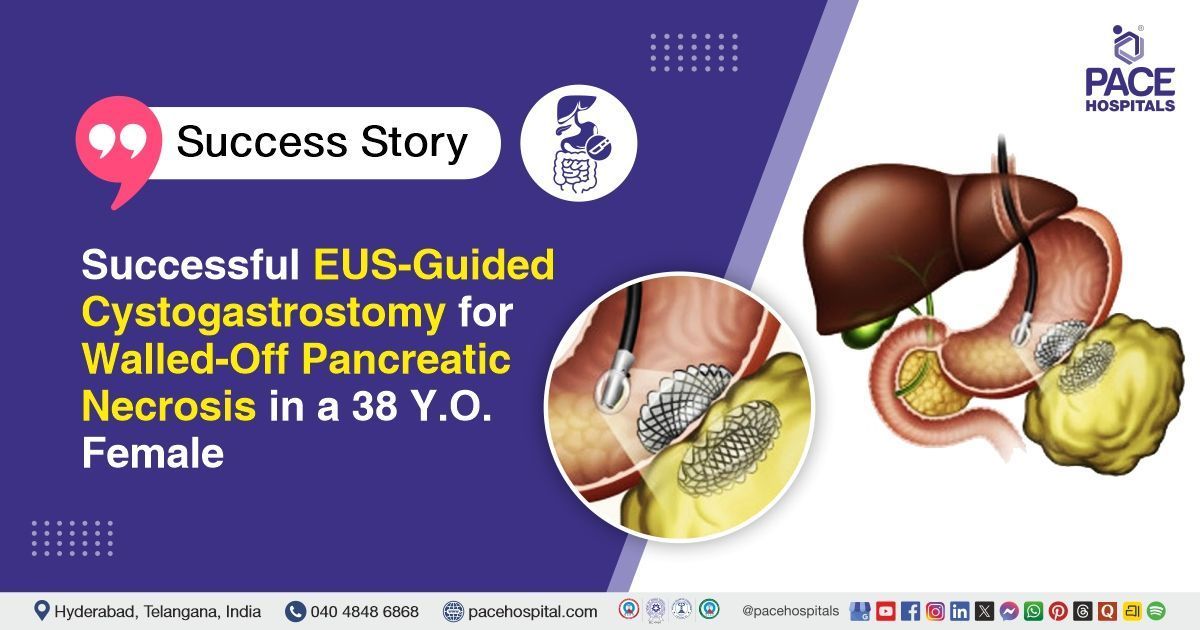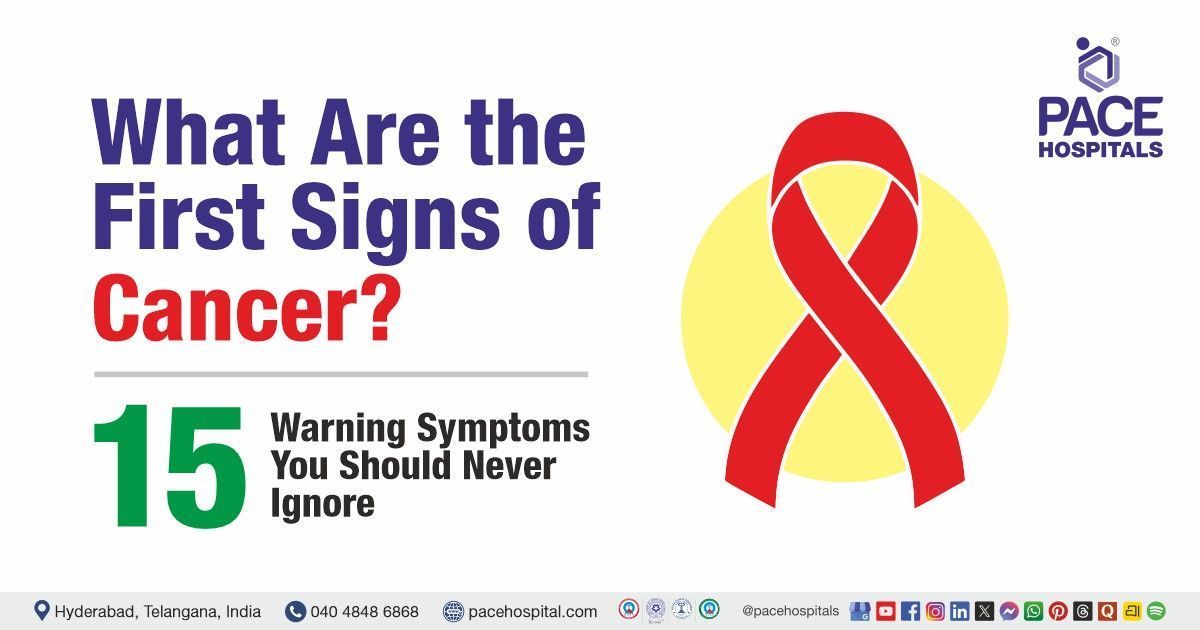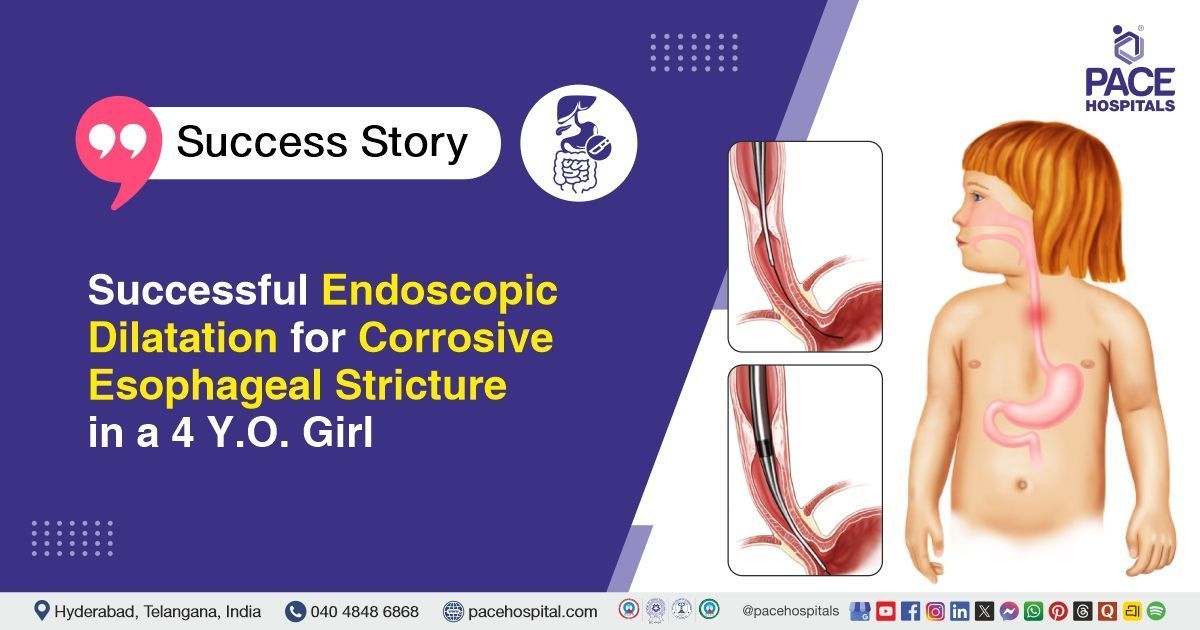What is Laparoscopic Partial Nephrectomy?
Laparoscopic Partial Nephrectomy provides patients with a safe and effective way to remove a small renal tumour, while preserving the remainder of the kidney. Depending on your disease state and tumour location, your kidney will be submitted for partial resection. This surgical technique is called partial nephrectomy or kidney-sparing surgery. The goal is to remove only the diseased part of your kidney sparing the healthy, functioning kidney tissue.
Partial nephrectomy has become a standard procedure for selected patients with renal cell carcinoma (esp. small < 4cm, peripherally located tumours). The results of partial nephrectomy are less satisfactory in patients with larger renal cell carcinomas, leaving radical nephrectomy (removing the entire kidney) as the standard approach.
What is Radical Nephrectomy?
Radical or total nephrectomy is the surgical removal of the entire kidney, the fat surrounding the kidney and the adrenal gland, which sits atop the kidney. A partial nephrectomy, in sharp contrast, involves removal of only that portion of the kidney which contains an abnormality, such as a cancer, leaving the remainder of the kidney in place. There is increasing evidence that the preservation of as much healthy, functioning kidney tissue as possible is of significant benefit, particularly in younger patients. However, it is of vital importance that if kidney-preserving surgery is chosen, all of the cancer must be successfully removed, and careful follow-up undertaken to look for cancer recurrence.
Can all kidney cancer be removed partially?
Not all kidney cancers are suitable for treatment by means of a partial nephrectomy. The feasibility of the procedure will depend largely on the size of the tumour and its position within the kidney. Having said so, sparing kidney tissue as much as possible is important because studies show that patients who have their entire kidney removed are more likely to suffer from chronic kidney disease (CKD) after surgery and need dialysis compared to patients who received a kidney-sparing partial nephrectomy.
How is it performed?
Instead of a large incision used in open surgery HD-laparoscopy make a key hole incisions. The high-definition vision system enables your doctor to operate with enhanced vision, precision, dexterity and control. Using only 3 small puncture holes (each of which ranging from 5-12 millimetres, the entire / part of kidney may be removed. This is very different from conventional open surgical removal of the kidney, in which a much larger surgical cut (frequently in excess of 10-15 centimetres or 100 to 150 millimetres) is typically needed.
What are the other urological surgeries done by laparoscopy?
Minimally invasive surgery has been applied to a multitude of benign (non-cancerous) and malignant (oncologic or cancerous) urologic problems. Furthermore, it has been applied to conditions affecting a variety of urologic organs (including kidney, adrenal gland, ureter, bladder, prostate, lymph nodes).
As technology has progressed many more urological surgeries as mentioned below have become available to the patients to be performed laparoscopically with best results:
- Laparoscopic nephrectomy (removal of kidney – for cancer or other destructive kidney diseases)
- Laparoscopic donor nephrectomy
- Laparoscopic removal of kidney cysts
- Laparoscopic pyeloplasty (reconstruction of the urine-collecting system of the kidney for obstruction between the kidney and ureter)
- Laparoscopic adrenalectomy (removal of adrenal gland)
- Laparoscopic ureteric reimplantation / antireflux (ureteric stricture or reflux disease)
- Laparoscopic radical prostatectomy (for prostate cancer)
- Laparoscopic pyelolithotomy / ureterolithotomy (kidney / ureteric stone removal)
- Laparoscopic varicocele repair
- (for enlarged veins around the testis)
- Laparoscopic hernia repair
- Laparoscopic orchiopexy (undescended testis)
ADVANTAGES OF LAPAROSCOPIC PARTIAL REMOVAL :
- Precise tumour removal and kidney reconstruction
- Low rate of operative complications
- Excellent chance of preserving the kidney
- Less post operation pain
- Short hospital stay
As you consider laparoscopic surgery remember that your surgeon's laparoscopic surgery experience is the key to reducing your risk and improving your likelihood of a successful outcome.
